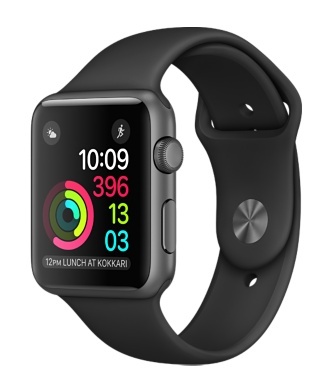Many companies are investing in wearable devices, such as Fitbit and Garmin. These investments come at a significant price, often as high as $100 per device. They also result in ongoing expenses as companies find solutions for new hires and replacing broken or lost devices. Despite these purchases, it remains unclear whether investing in wearables for employees leads to better health outcomes. Regardless, Canadian insurance giant, John Hancock, announced that it will be subsidizing the Apple Watch Series 2 (approximately $400 retail) so employees can get one for as little as $25.

Similar to Aetna, who also is subsidizing Apple Watches for employees and its customers, the subsidy is part of the company’s wellness program. Employees are asked to pay $25 upfront, and if they remain active and track their activities through the Apple Watch, they will not be asked for any more payments. If employees fail to meet their goals, there will be a monthly fee on the device spread out over the course of 24 months that they will be required to pay. It unclear what the policy is for employees with Android devices or if an employee loses or breaks the Apple Watch. Either way, the investment is quite significant, and as such, the expectations from the program need to be equally grandiose.
The appropriate question for Aetna, John Hancock, and other companies considering a similar investment needs to address the opportunity cost for the subsidy. With more than $300 in capital being contributed per employee, could these companies make better use of these funds while delivering on similar objectives? Before we render any judgement, let’s see how things programs turn out and whether or not the companies continue to invest in the program.












